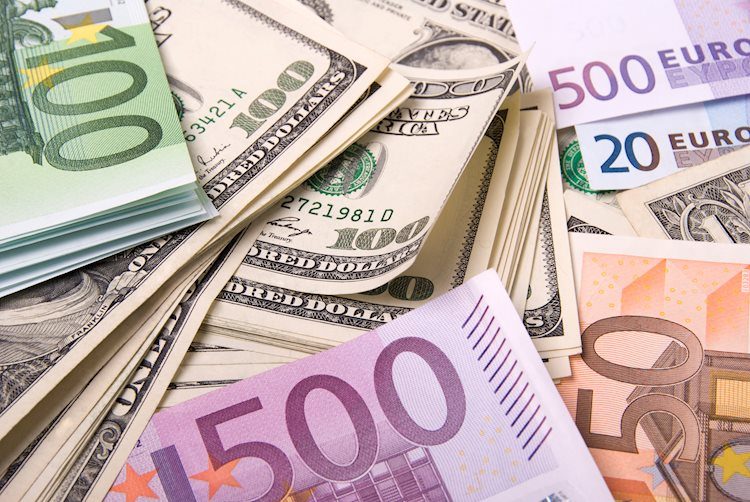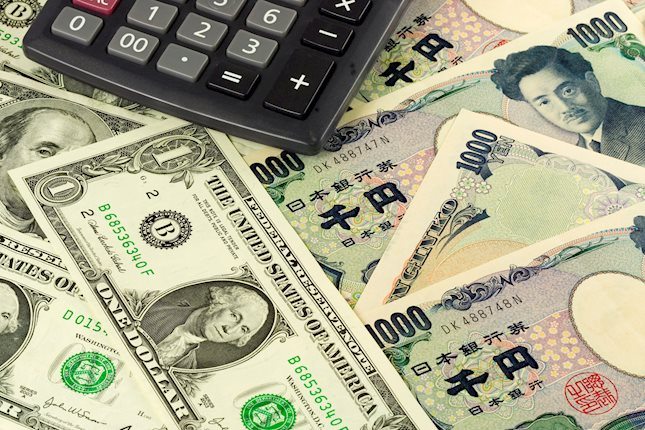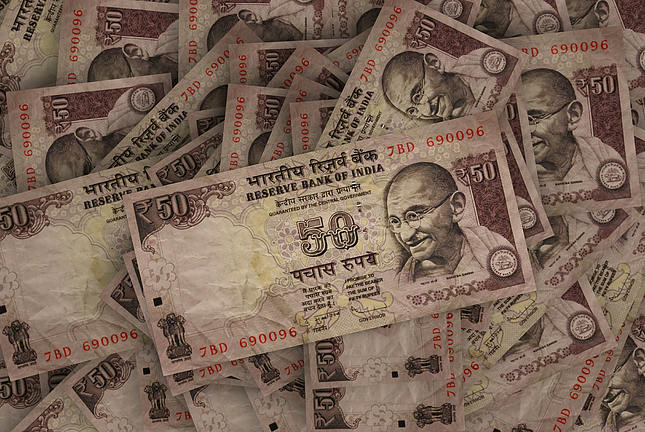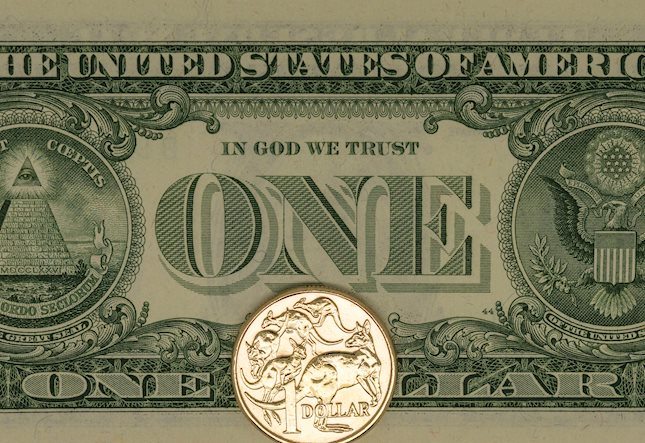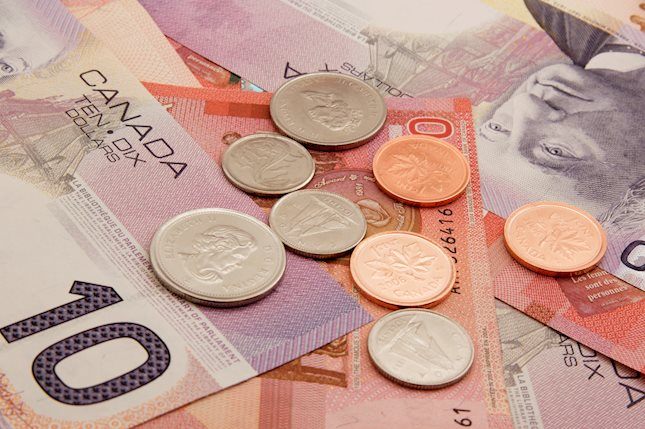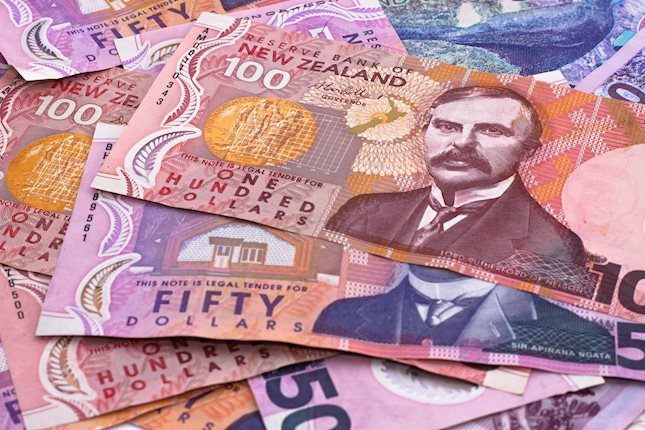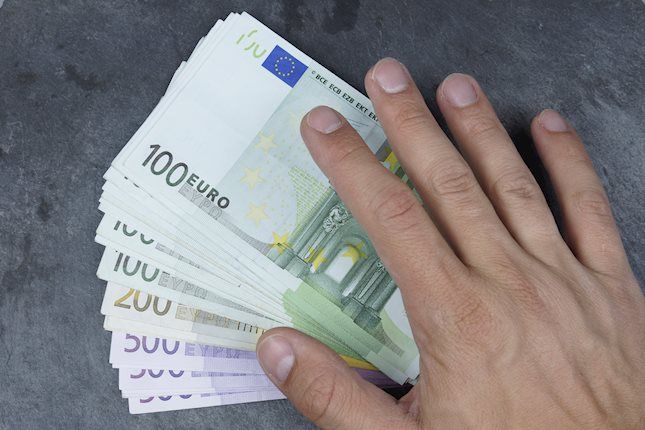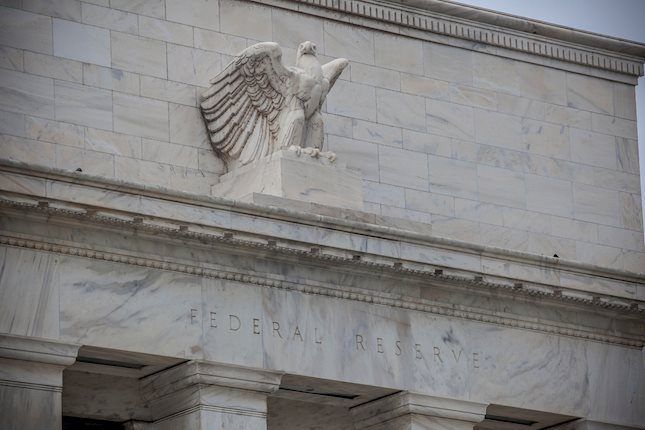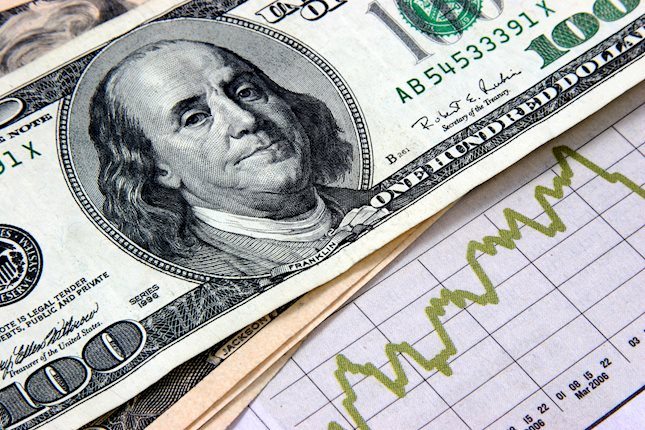EUR/USD extends recovery as weak US Retail Sales boost Fed rate-cut prospects
- EUR/USD recovers strongly to 1.0740 as the slower-than-expected growth in US Retail Sales data for May weighs on the US Dollar.
- The US Retail Sales grew meagerly by 0.1%, misses estimates of 0.2% after remaining flat in April.
- ECB policymakers remain concerned as the inflation outlook appears to be stubborn.
EUR/USD rebounds to near 1.0740 in Tuesday’s New York session. The major currency pair finds buying interest as slower growth in the monthly United States (US) Retail Sales data for May weighs on the US Dollar (USD). The US Census Bureau reported that Retail Sales data – a key measure of household spending – grew at a slower pace of 0.1% from expectations of 0.2%. In April, Retail sales were flat.
A lower-than-expected rise in the Retail Sales data was expected to build substantial pressure on the US Dollar as it will boost investors' confidence that the progress in the disinflation process will continue. Currently, the US Dollar Index (DXY), which tracks the Greenback’s value against six major currencies, surrenders its entire intraday gains and falls to near 105.30. Weak Retail Sales data would also prompt market expectations for the Federal Reserve (Fed) to reduce interest rates twice this year.
The CME FedWatch tool shows higher probabilities that interest rates will start declining from the September meeting, with more rate cuts in November or December. On the contrary, upbeat Retail Sales data will strengthen the US Dollar’s appeal and force traders to pare bets that support rate cuts for September.
Meanwhile, Fed policymakers hold their argument that there will be only one interest rate cut this year. Officials have acknowledged that the progress in inflation declining to the desired rate of 2% has resumed after the Consumer Price Index (CPI) report for May showed that price pressures cooled down more than expected. Though the soft CPI report was a relief for policymakers, they wanted to see inflation declining for months before the commencement of the policy-normalization process.
On Monday, Philadelphia Fed Bank President Patrick Harker supported keeping rates at their current levels for now to maintain downward pressure on inflation in various sectors such as housing and services, notably auto insurance and repairs. When asked about the interest rate outlook, Harker sees one cut in benchmark rate this year if his economic forecast plays out, Reuters reported.
Daily digest market movers: EUR/USD recovers as US Dollar surrenders intraday gains
- EUR/USD recovers to near 1.0740 as the monthly US Retail Sales data for May grew slower than expected. However, the Euro remains on the backfoot due to political turmoil in France
- The Euro has been under pressure since French President Emmanuel Macron called for a snap election after the Centralist alliance suffered a defeat from Marine Le Pen's National Rally (RN) in the European Parliament elections. Investors worry that the formation of the RN government would trigger a financial crisis in the European Union’s (EU) second-largest economy. The RN has promised a lower retirement age, energy price cuts, more public spending, and "France first" economic policies in its manifesto.
- On the monetary policy front, European Central Bank (ECB) policymakers continue to emphasize keeping interest rates steady in the near term, as an aggressive policy-easing approach could revamp price pressures again. The ECB reduced its Deposit Facility Rate by 25 basis points (bps) for the first time since 2019 in the Jue meeting as price pressures were stubbornly higher due to the Covid pandemic and the Russia-Ukraine war.
- On Monday, ECB Chief Economist Philip Lane emphasizes maintaining interest rates at their current levels in the coming months. Lane added that he wants to see disinflation in the service sector for more than a month as needed to ease policy further.
Technical Analysis: EUR/USD establishes below 200-day EMA
EUR/USD faces pressure in an attempt to surpass the immediate resistance of 1.0740. The downward-sloping border of the Symmetrical Triangle formation on a daily timeframe, plotted from the high of December 28, 2023, at 1.1140, is acting as a major barrier for the Euro bulls.
The major currency pair is expected to find support at 1.0636, near the upward-sloping trendline of the chart pattern plotted from the low from October 3, 2023, at 1.0448, and the horizontal cushion plotted from April 16 low around 1.0600.
The long-term outlook of the shared currency pair has also turned negative as prices dropped below the 200-day Exponential Moving Average (EMA), which trades around 1.0800.
The 14-period Relative Strength Index (RSI) falls below 40.00. Should the momentum turn bearish if it sustains below the same?
Fed FAQs
Monetary policy in the US is shaped by the Federal Reserve (Fed). The Fed has two mandates: to achieve price stability and foster full employment. Its primary tool to achieve these goals is by adjusting interest rates. When prices are rising too quickly and inflation is above the Fed’s 2% target, it raises interest rates, increasing borrowing costs throughout the economy. This results in a stronger US Dollar (USD) as it makes the US a more attractive place for international investors to park their money. When inflation falls below 2% or the Unemployment Rate is too high, the Fed may lower interest rates to encourage borrowing, which weighs on the Greenback.
The Federal Reserve (Fed) holds eight policy meetings a year, where the Federal Open Market Committee (FOMC) assesses economic conditions and makes monetary policy decisions. The FOMC is attended by twelve Fed officials – the seven members of the Board of Governors, the president of the Federal Reserve Bank of New York, and four of the remaining eleven regional Reserve Bank presidents, who serve one-year terms on a rotating basis.
In extreme situations, the Federal Reserve may resort to a policy named Quantitative Easing (QE). QE is the process by which the Fed substantially increases the flow of credit in a stuck financial system. It is a non-standard policy measure used during crises or when inflation is extremely low. It was the Fed’s weapon of choice during the Great Financial Crisis in 2008. It involves the Fed printing more Dollars and using them to buy high grade bonds from financial institutions. QE usually weakens the US Dollar.
Quantitative tightening (QT) is the reverse process of QE, whereby the Federal Reserve stops buying bonds from financial institutions and does not reinvest the principal from the bonds it holds maturing, to purchase new bonds. It is usually positive for the value of the US Dollar.
Forex News
Keep up with the financial markets, know what's happening and what is affecting the markets with our latest market updates. Analyze market movers, trends and build your trading strategies accordingly.
